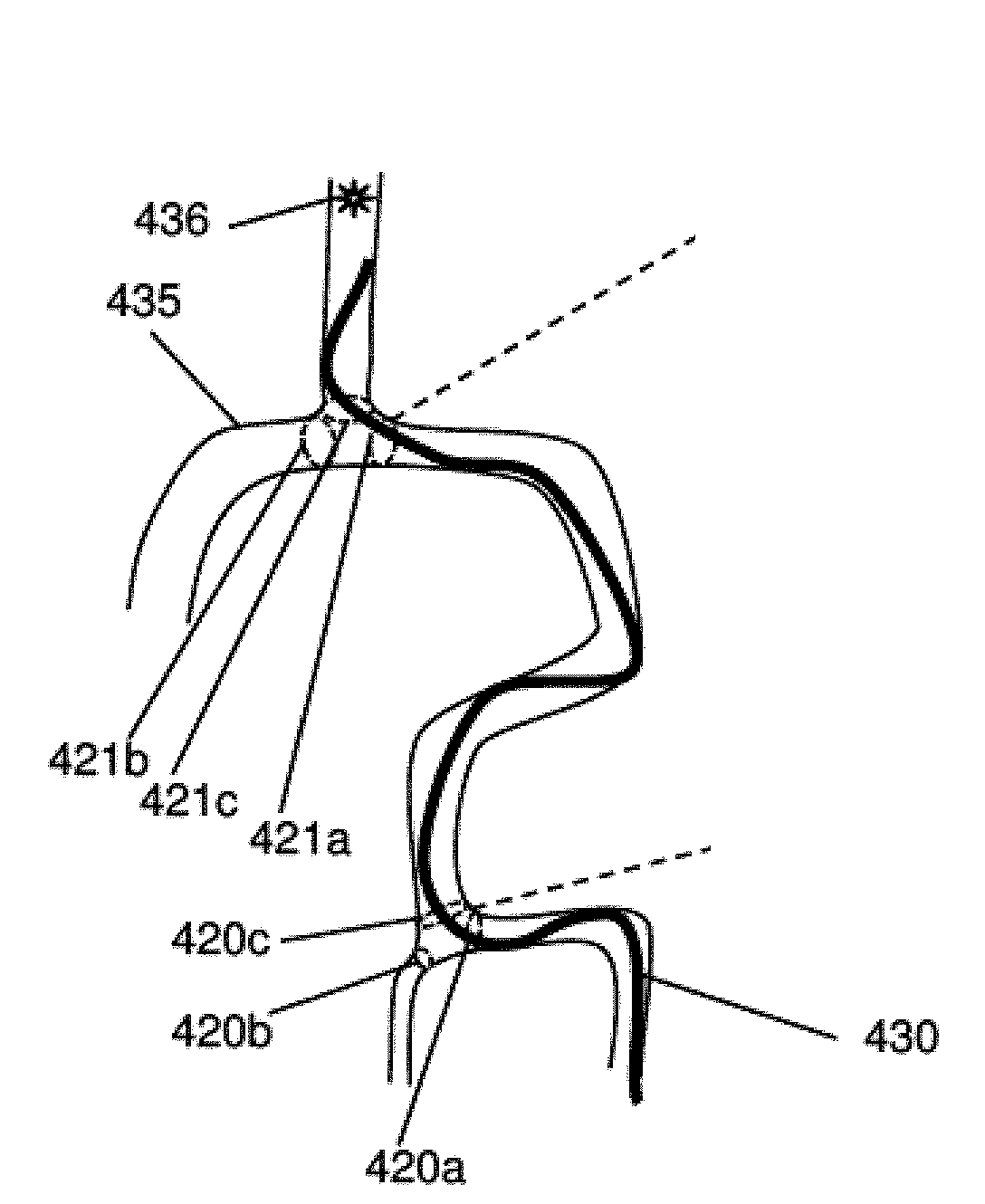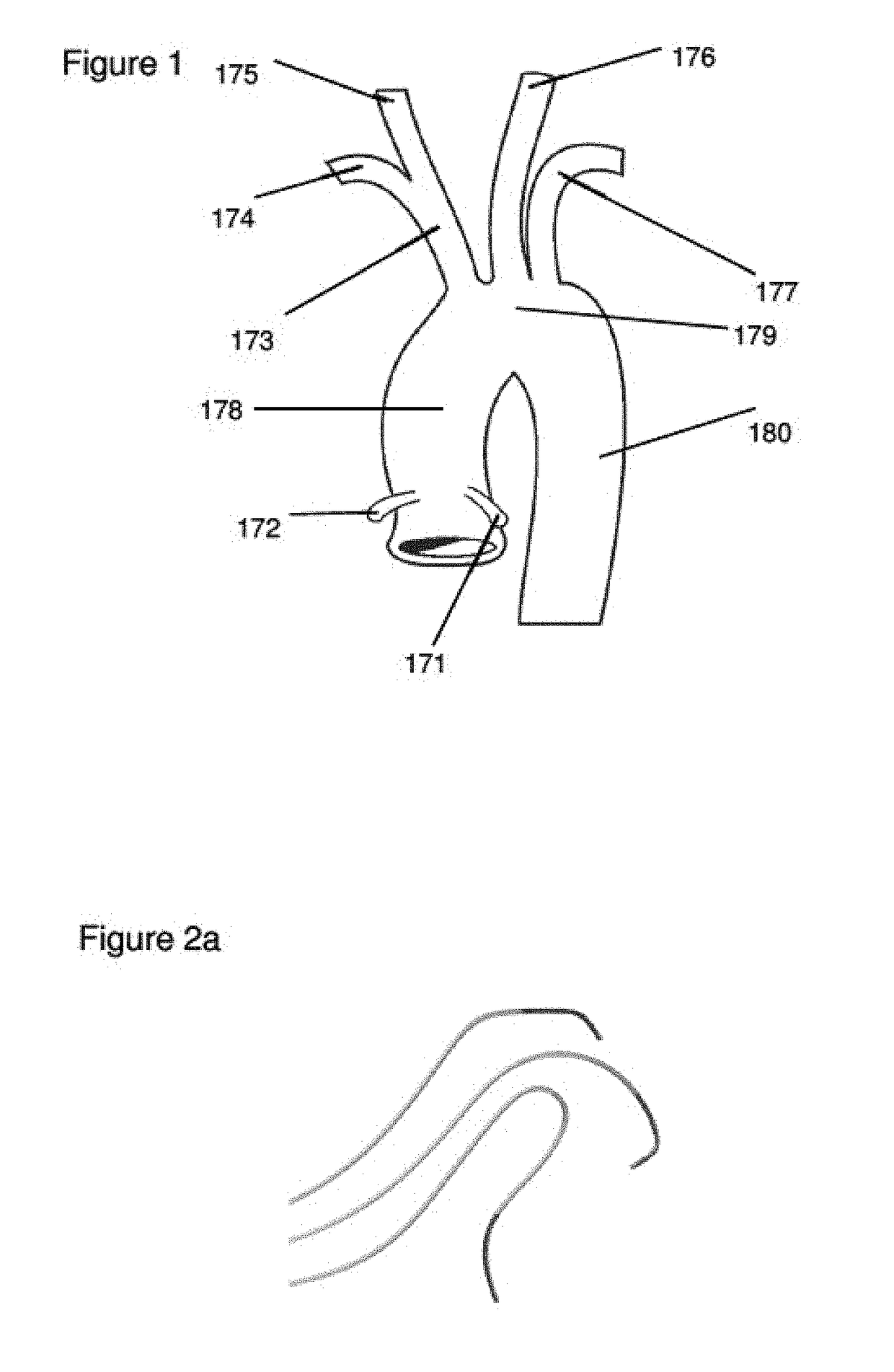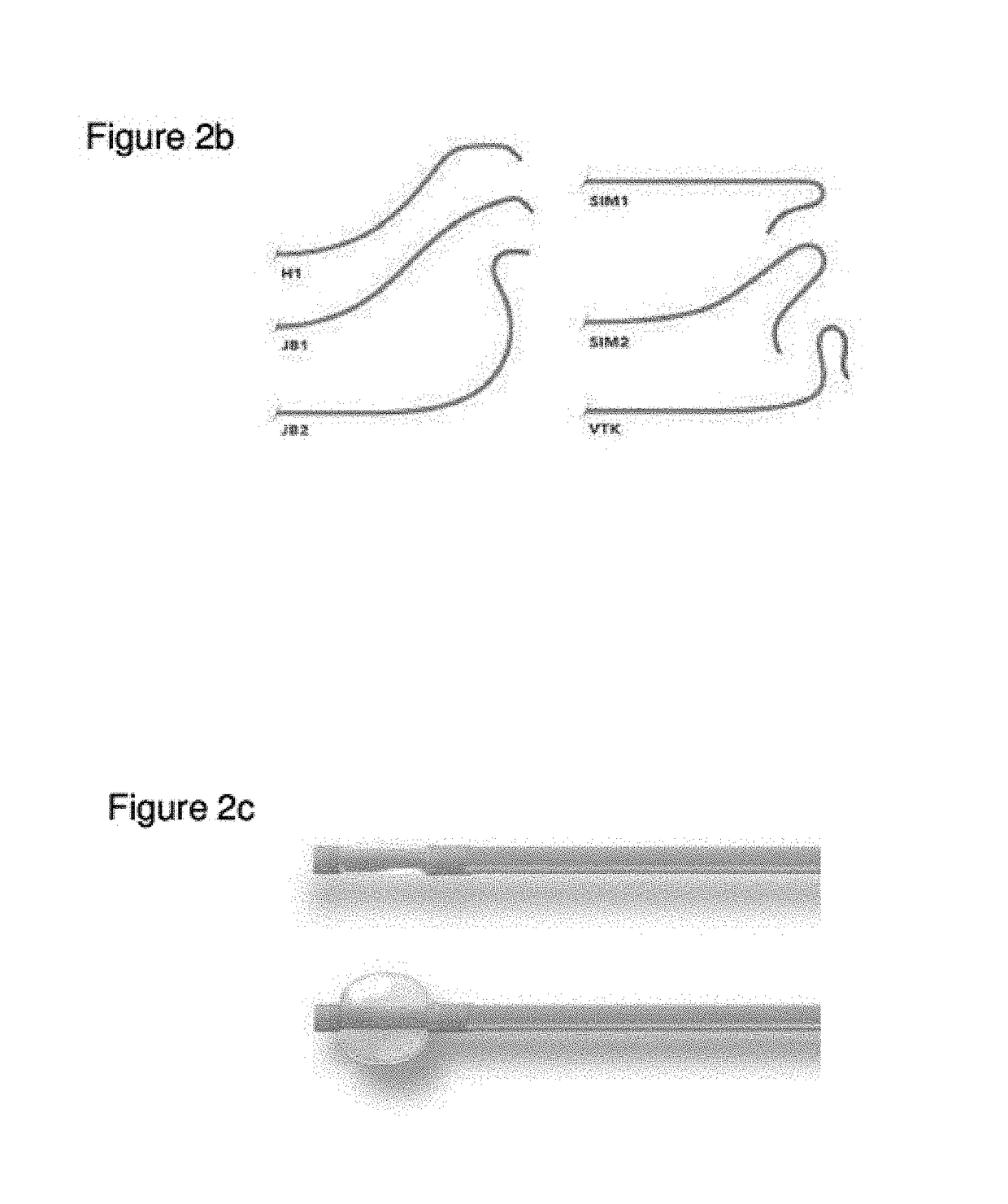Systems and Methods for Routing a Vessel Line Such as a Catheter Within a Vessel
a technology of system and method, which is applied in the direction of instrumentation, diagnostic recording/measuring, reconstruction from projection, etc., can solve the problems of significant time delay, damage to surrounding tissue, and significant impact on patient outcome, so as to reduce the variance of time to complete particular steps, reduce the time to reperfusion, and reduce the effect of time on a wider scal
- Summary
- Abstract
- Description
- Claims
- Application Information
AI Technical Summary
Benefits of technology
Problems solved by technology
Method used
Image
Examples
Embodiment Construction
Introduction
[0147]With reference to the figures there is described an apparatus configured to determine the route of a vessel line within a vessel in order to determine which (if any) vessel line can or should be used for a particular task.
[0148]All terms have definitions that are reasonably inferable from the drawings and description.
[0149]Various aspects of the invention will now be described with reference to the figures. For the purposes of illustration, components depicted in the figures are not necessarily drawn to scale. Instead, emphasis is placed on highlighting the various contributions of the components to the functionality of various aspects of the invention. A number of possible alternative features are introduced during the course of this description. It is to be understood that, according to the knowledge and judgment of persons skilled in the art, such alternative features may be substituted in various combinations to arrive at different embodiments of the present in...
PUM
 Login to View More
Login to View More Abstract
Description
Claims
Application Information
 Login to View More
Login to View More - R&D
- Intellectual Property
- Life Sciences
- Materials
- Tech Scout
- Unparalleled Data Quality
- Higher Quality Content
- 60% Fewer Hallucinations
Browse by: Latest US Patents, China's latest patents, Technical Efficacy Thesaurus, Application Domain, Technology Topic, Popular Technical Reports.
© 2025 PatSnap. All rights reserved.Legal|Privacy policy|Modern Slavery Act Transparency Statement|Sitemap|About US| Contact US: help@patsnap.com



